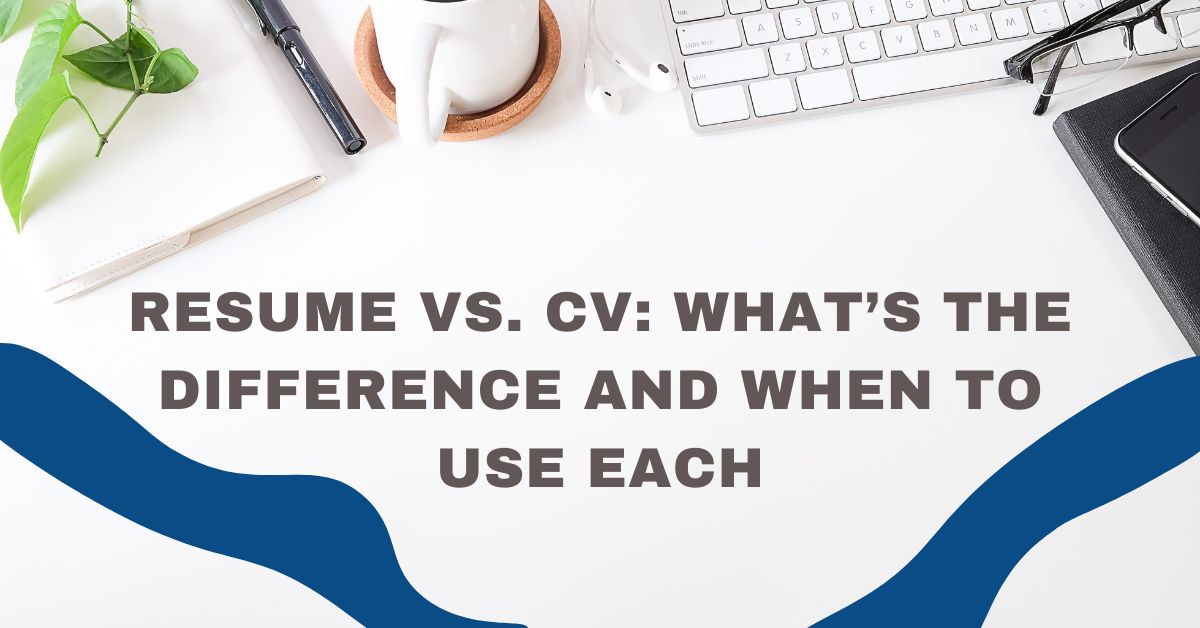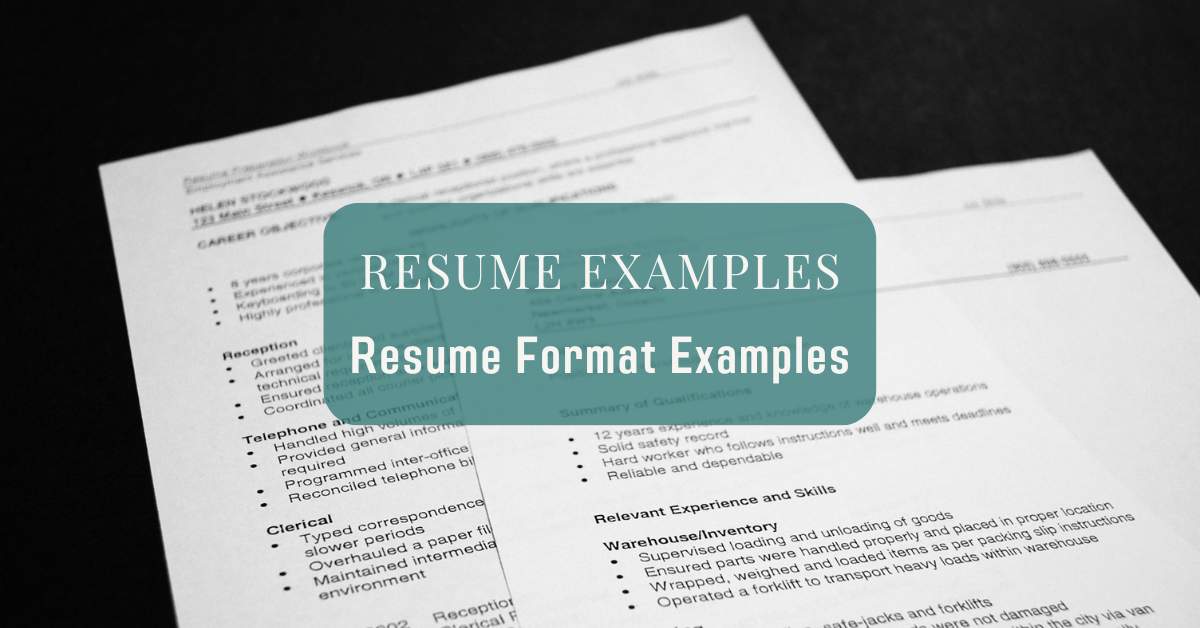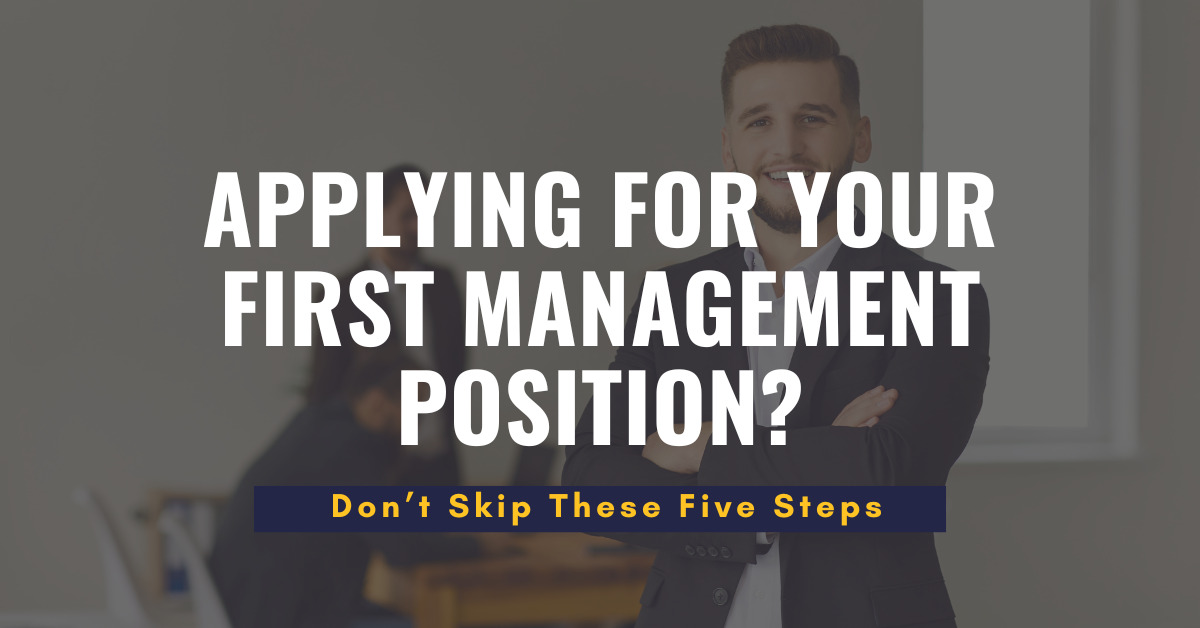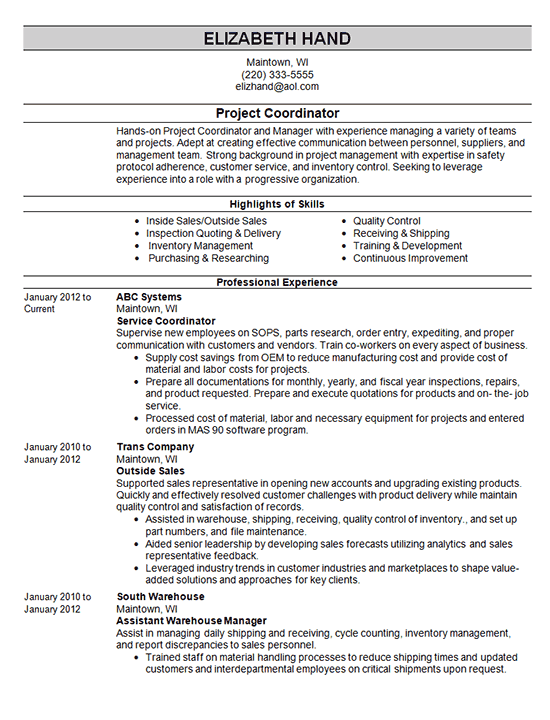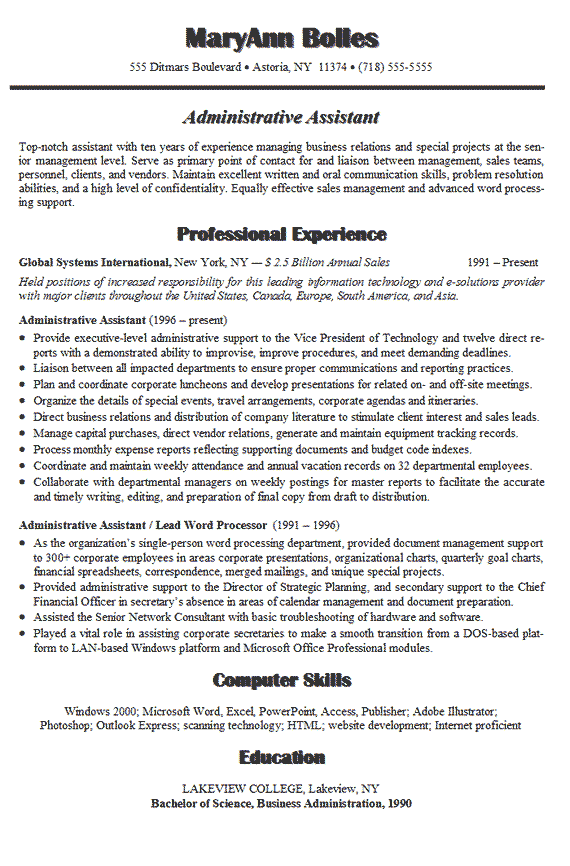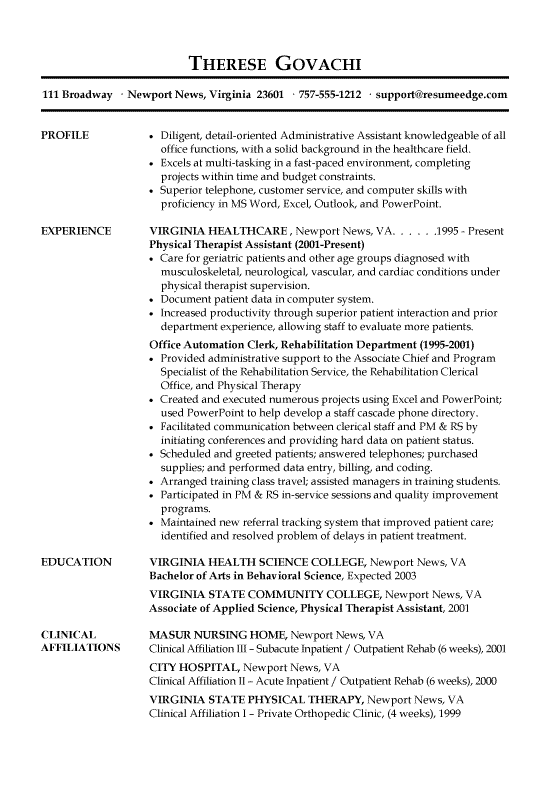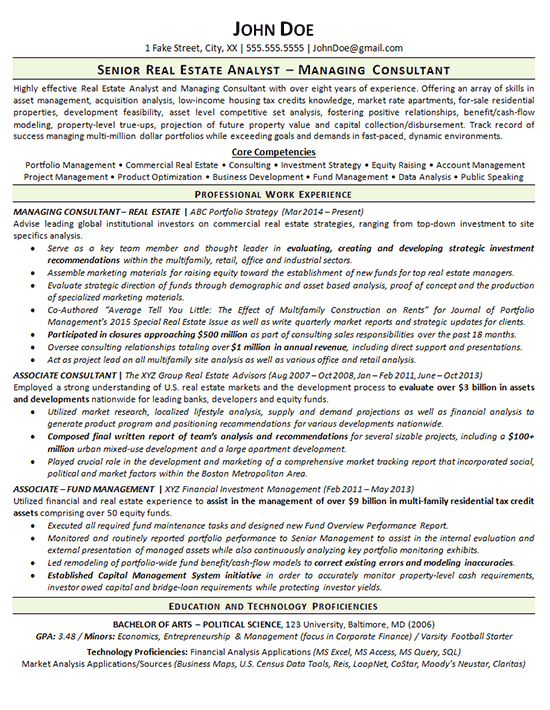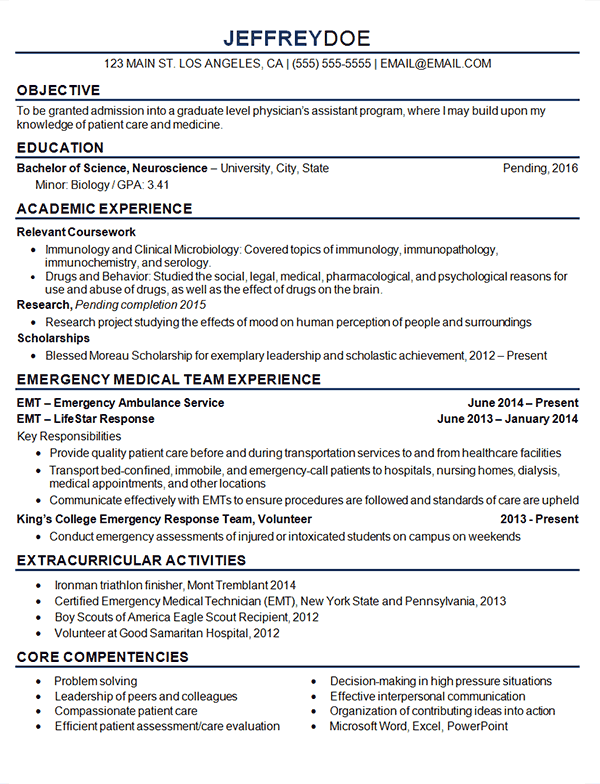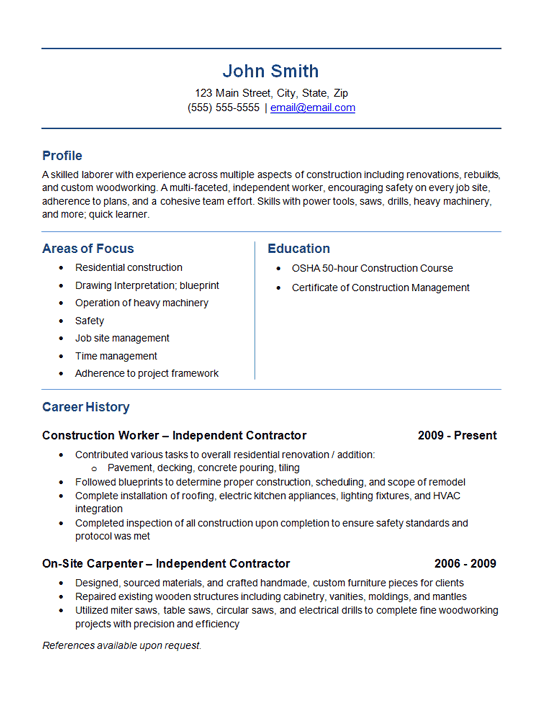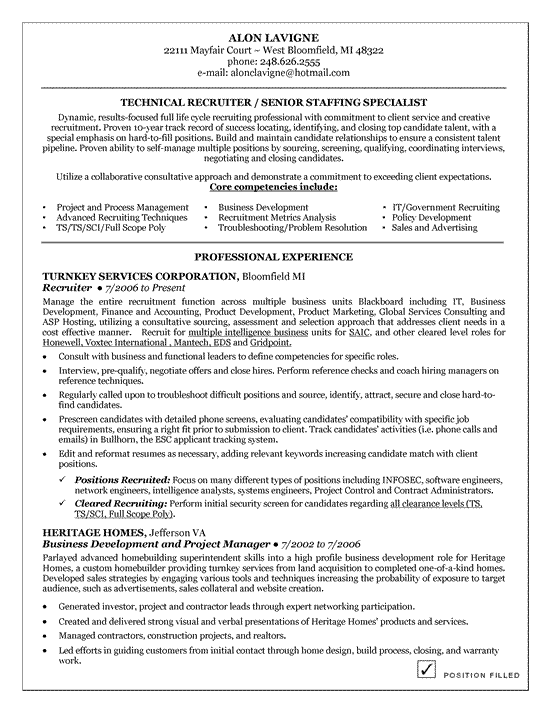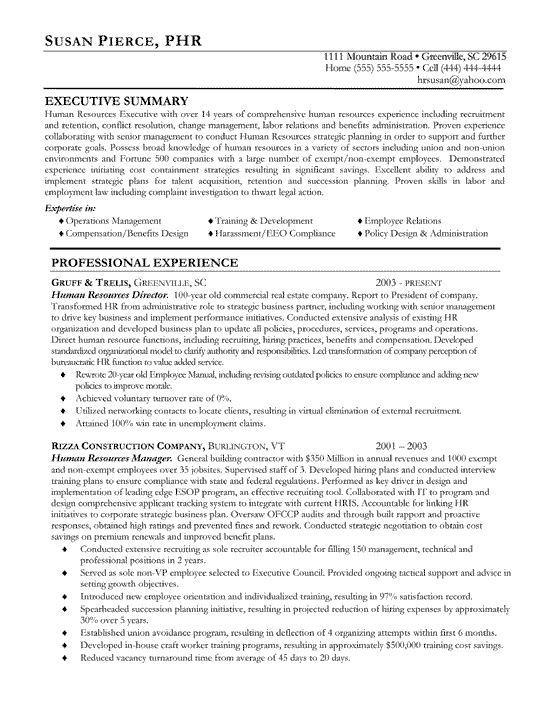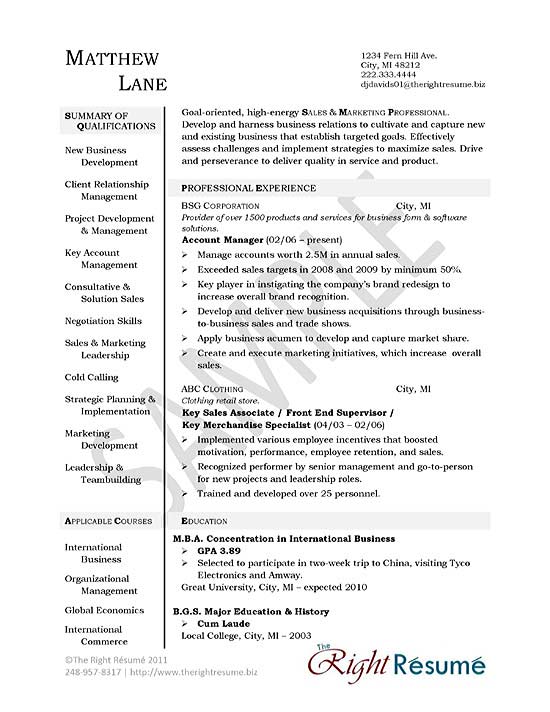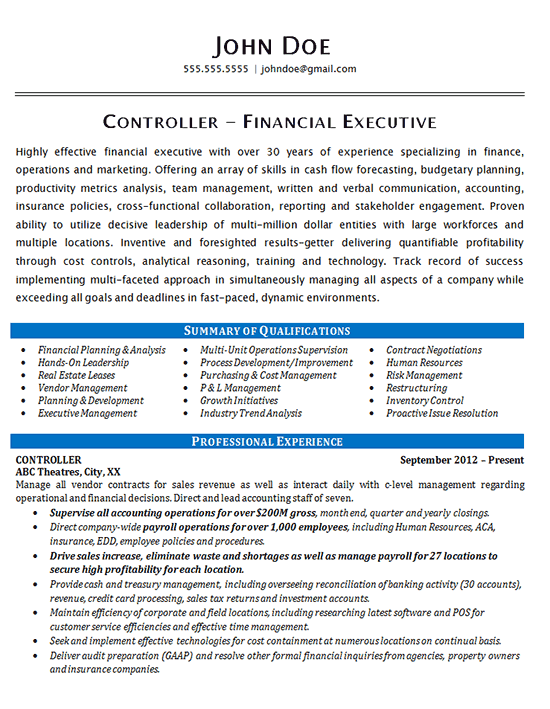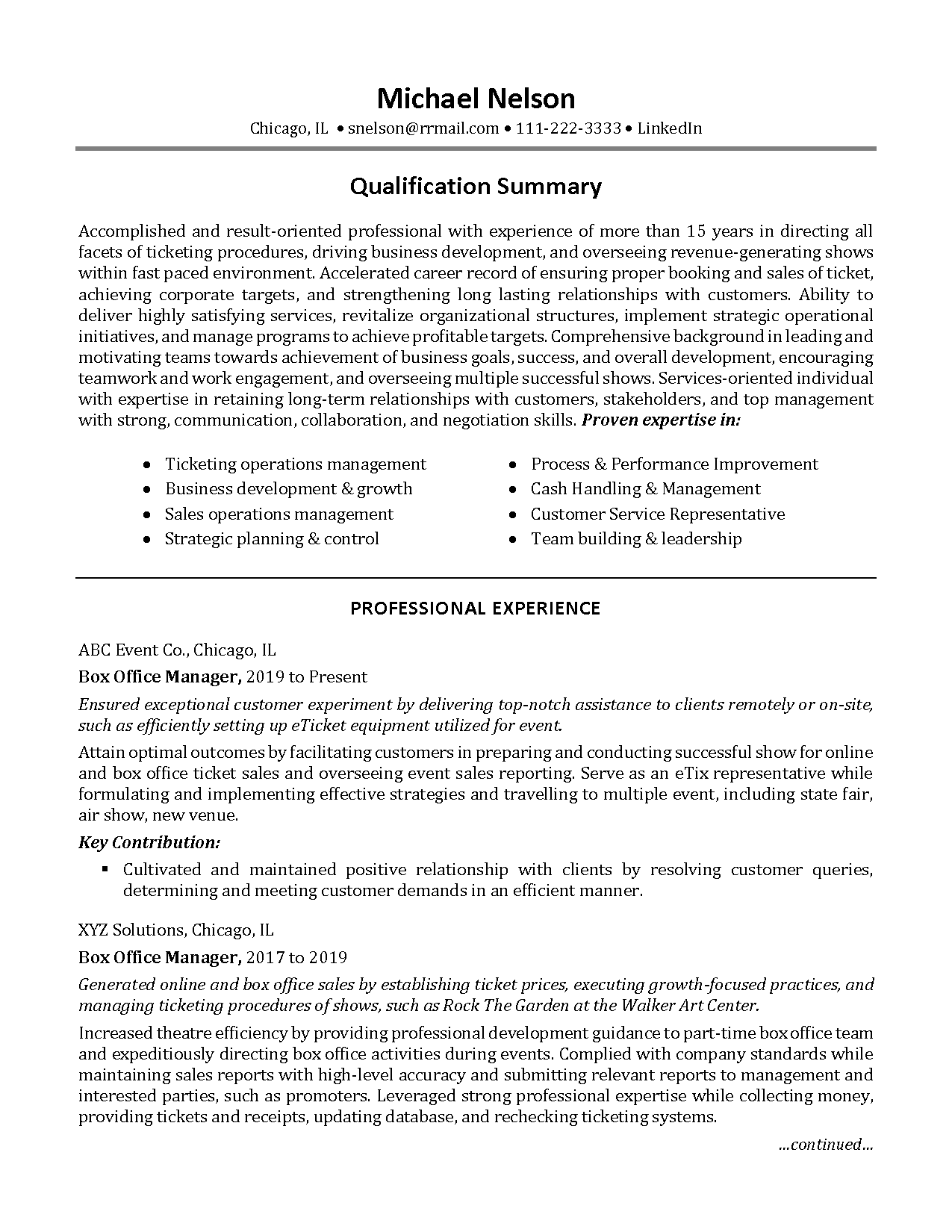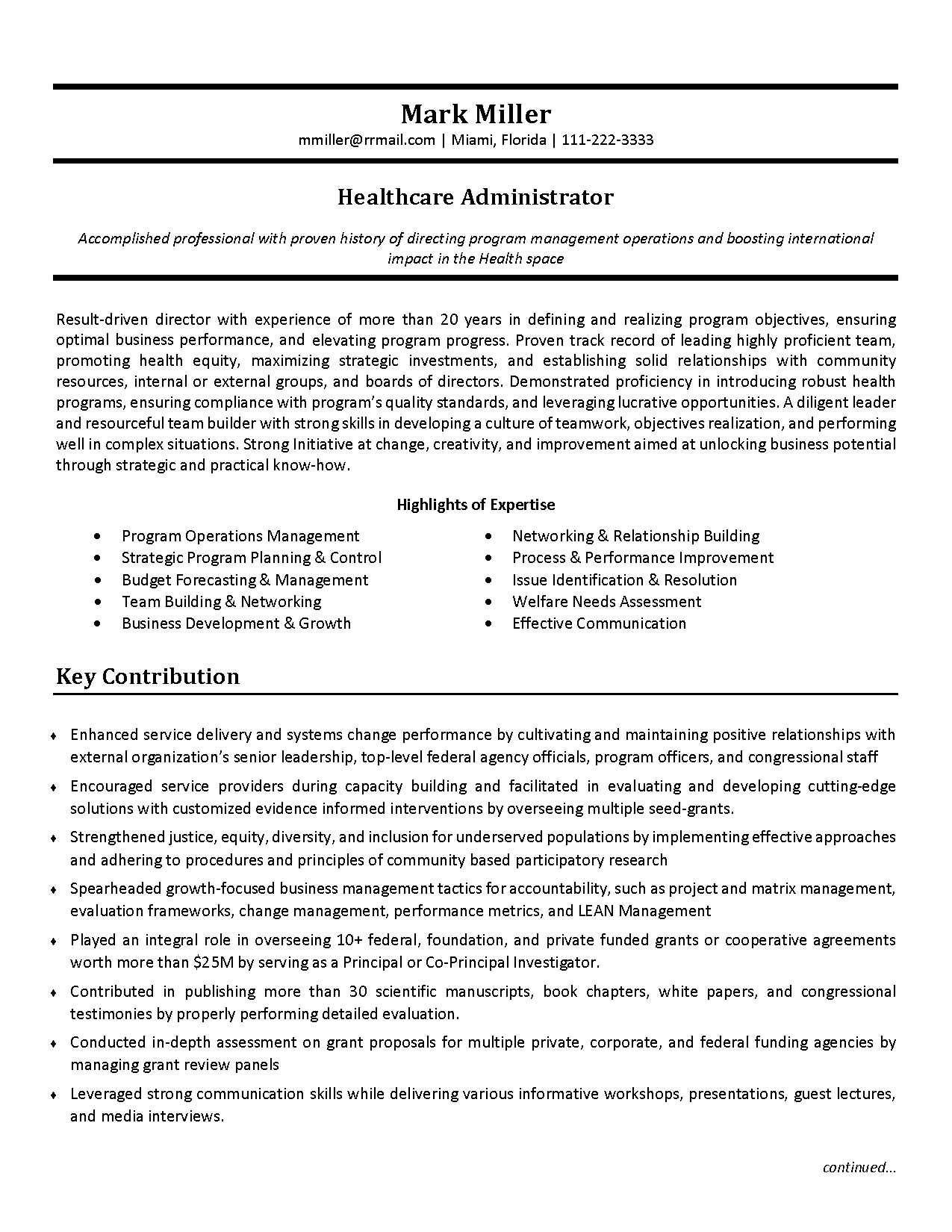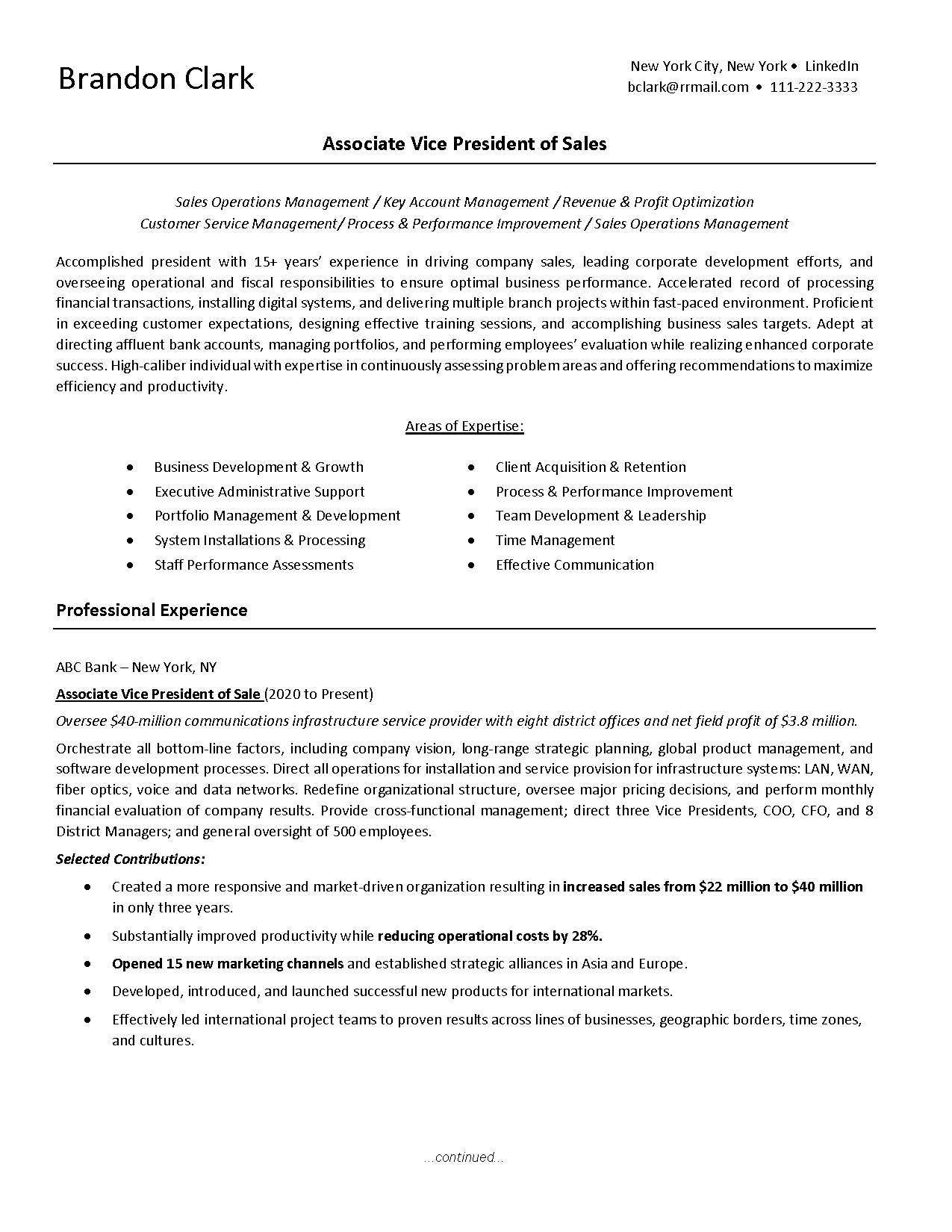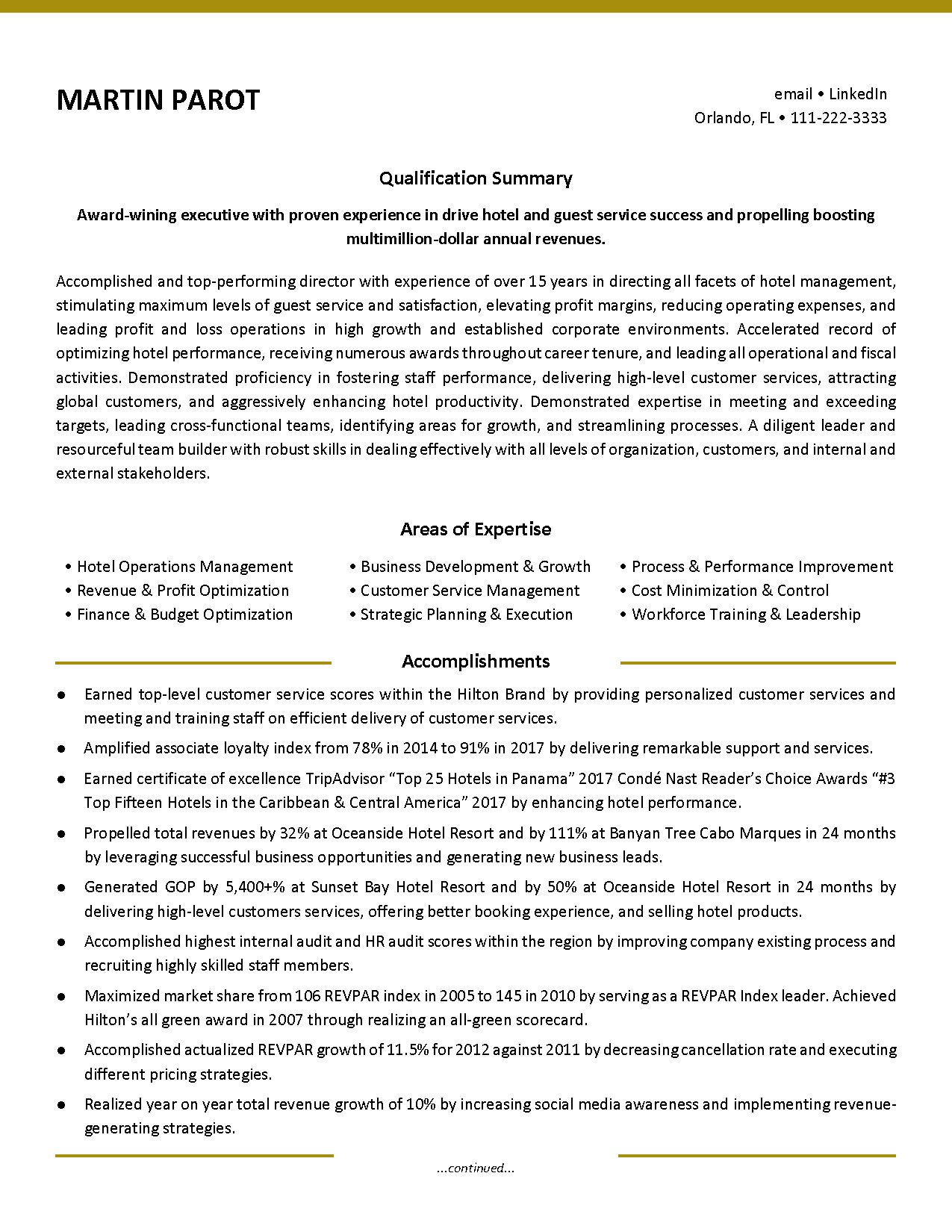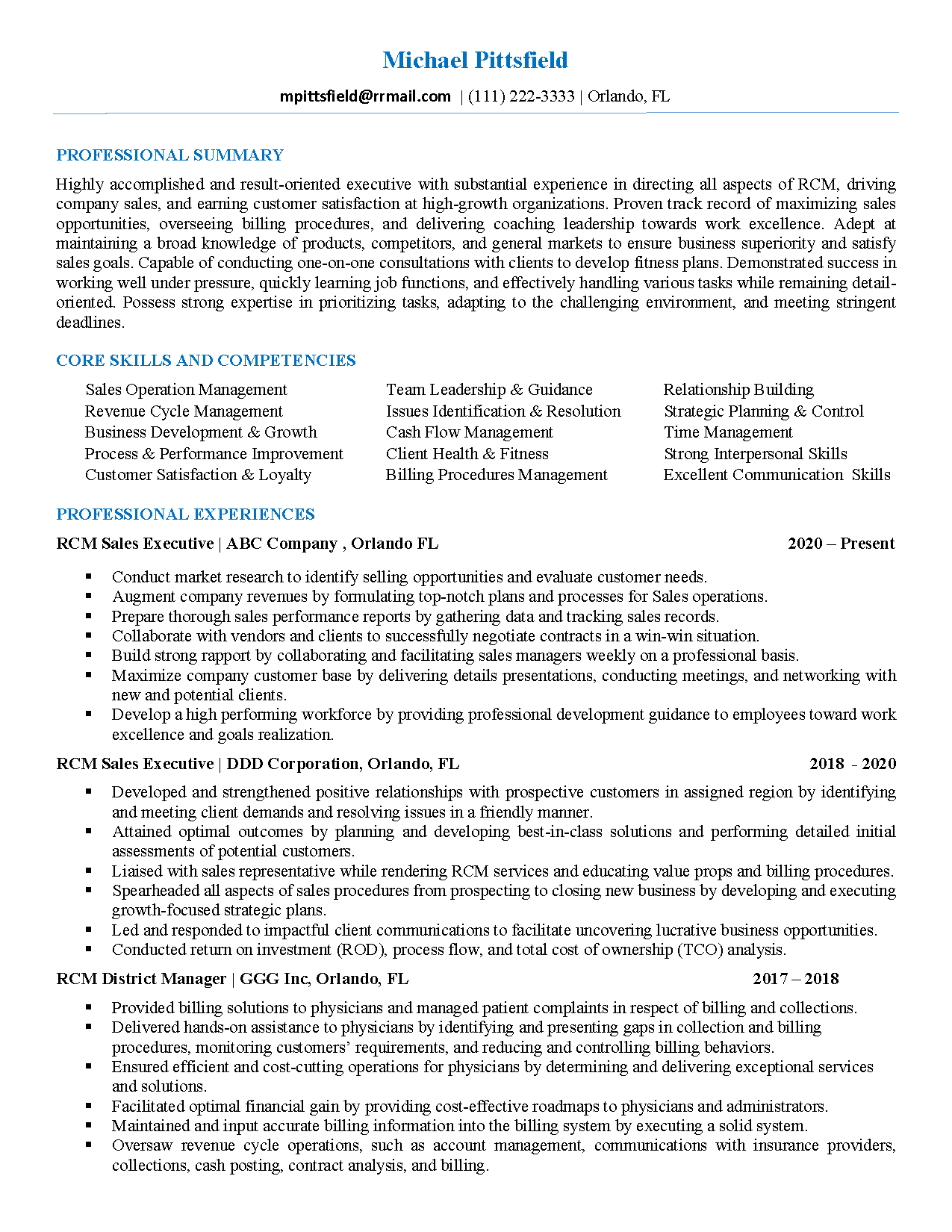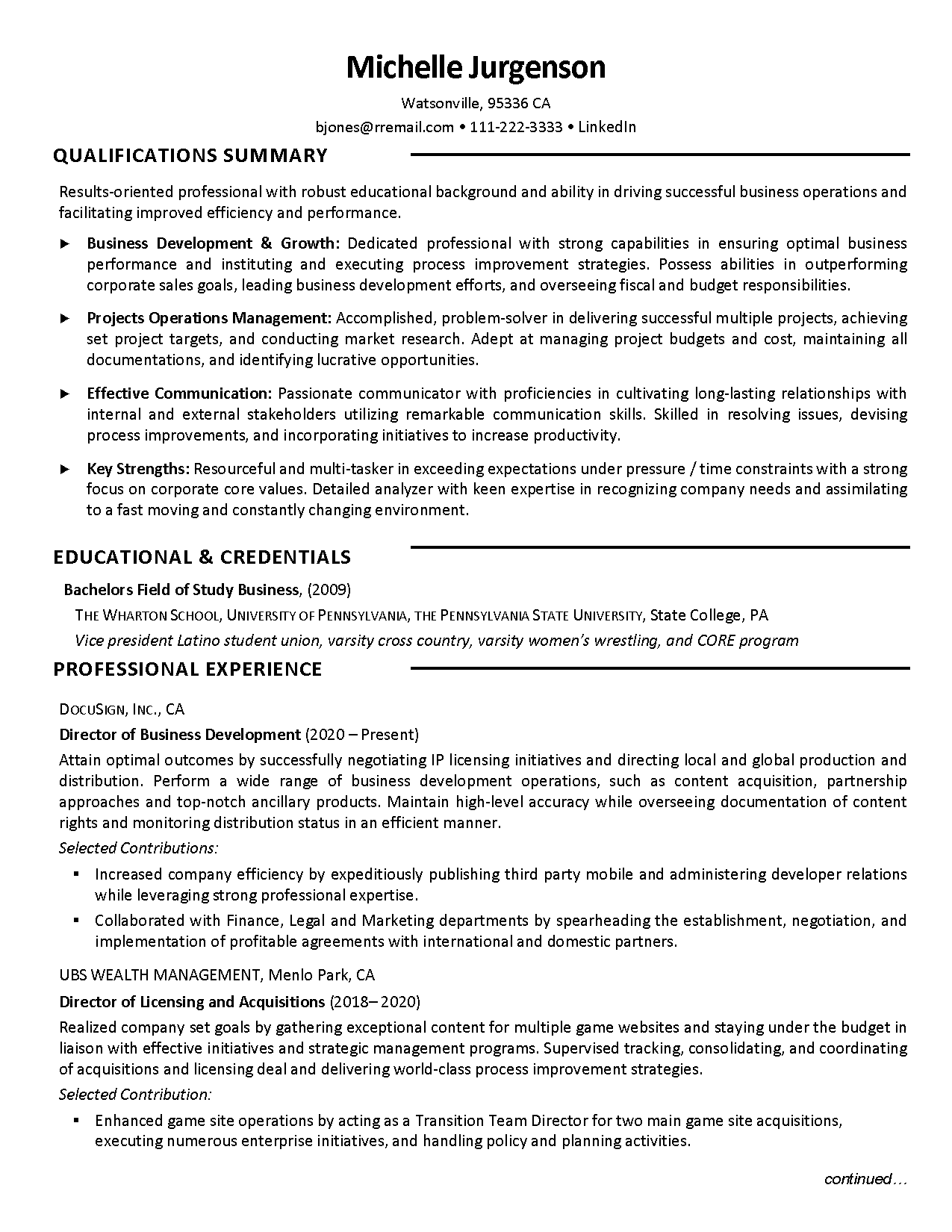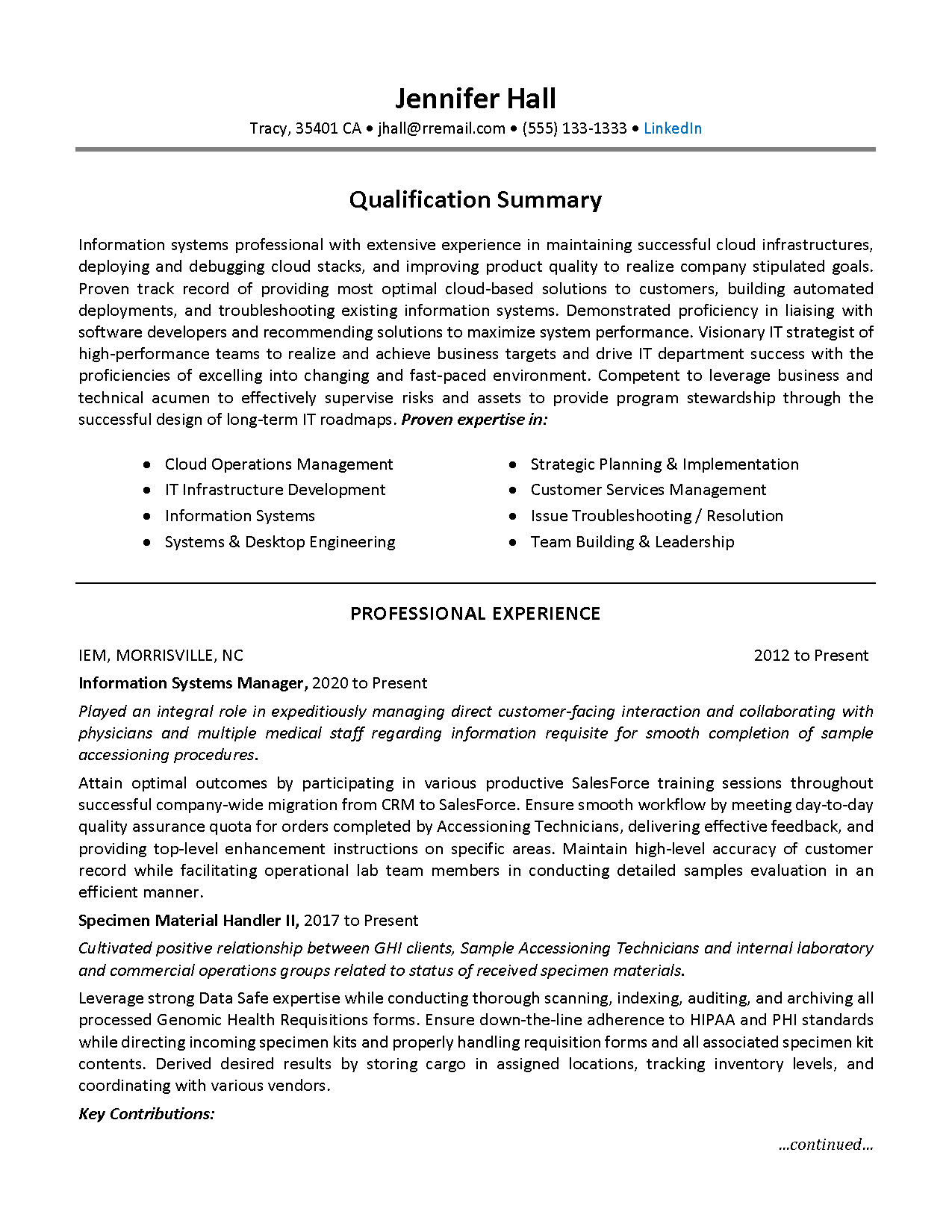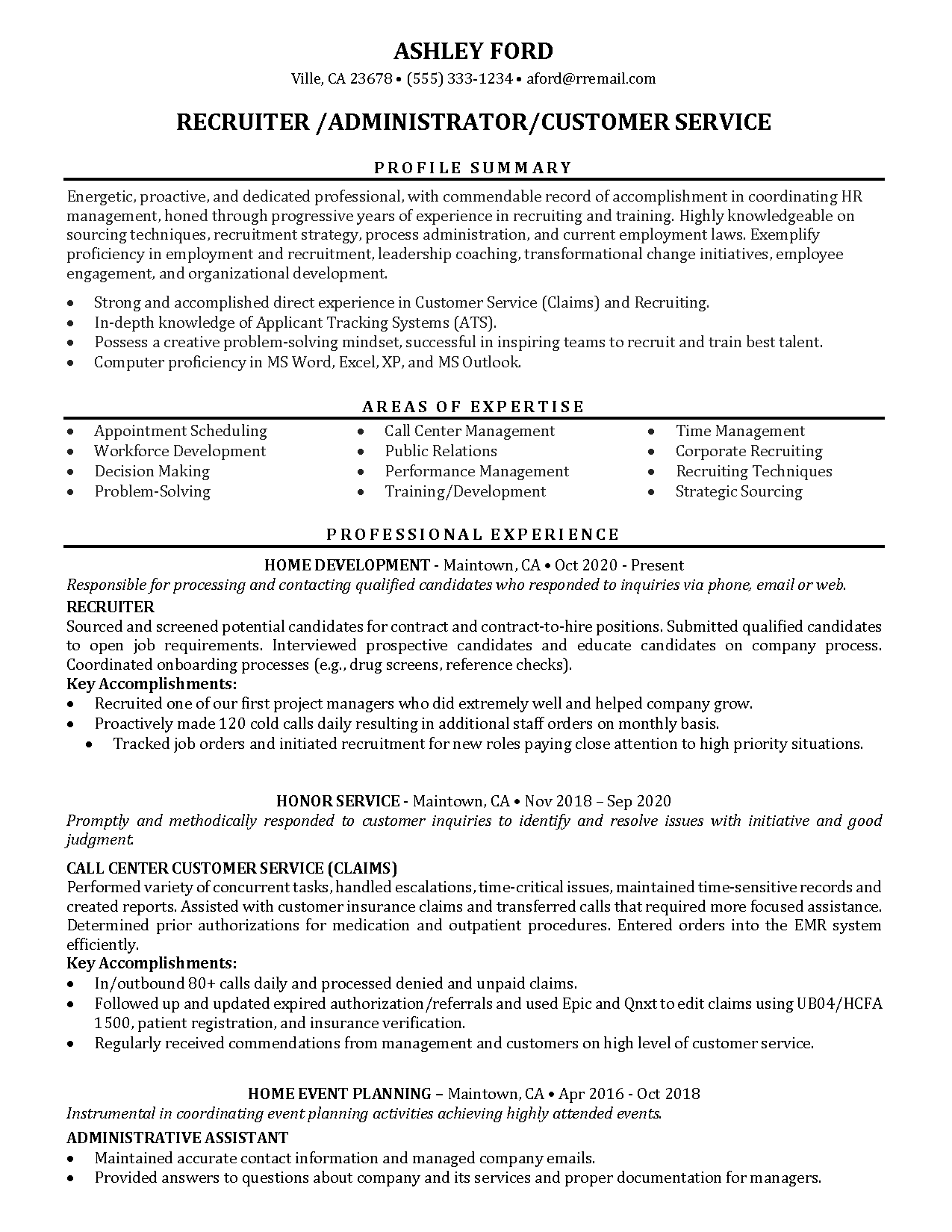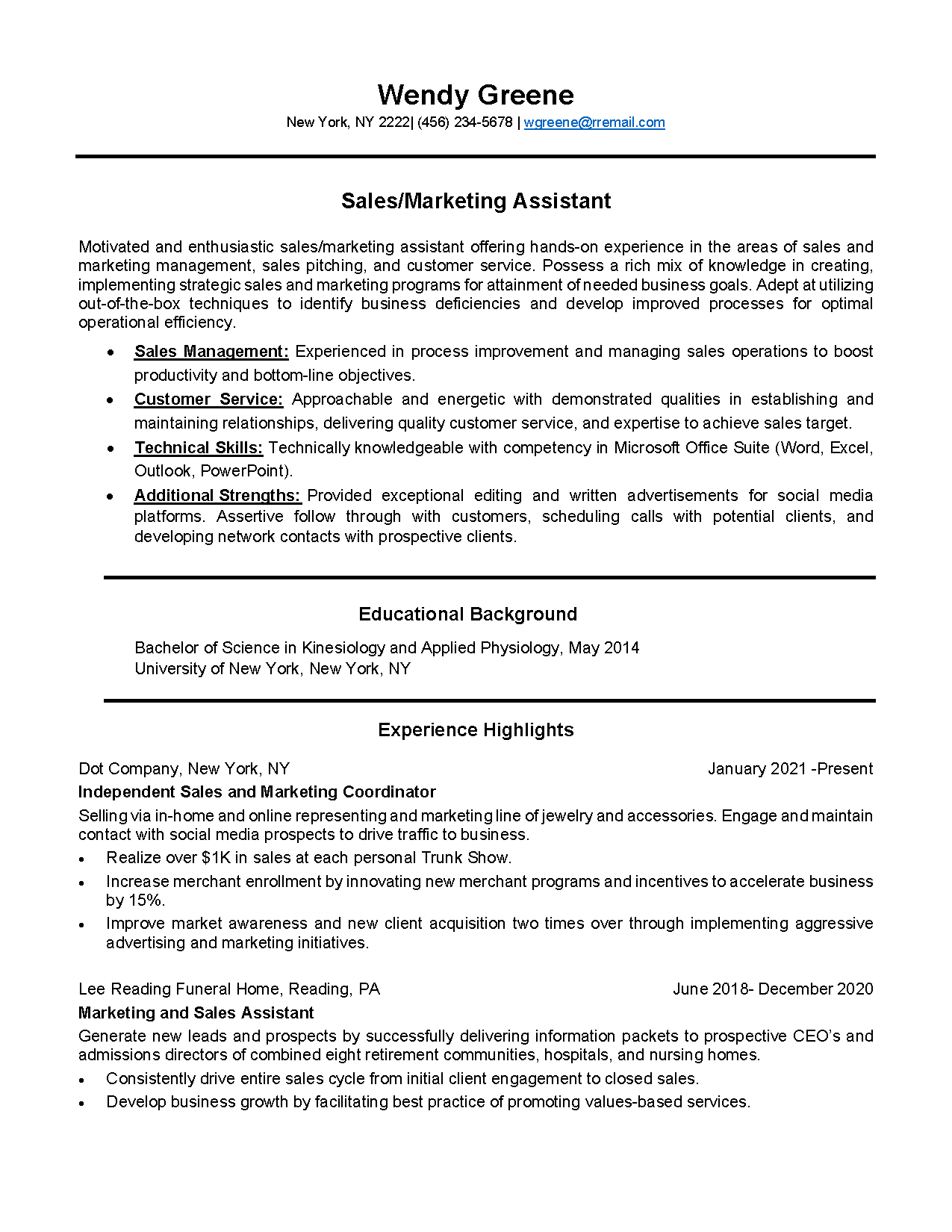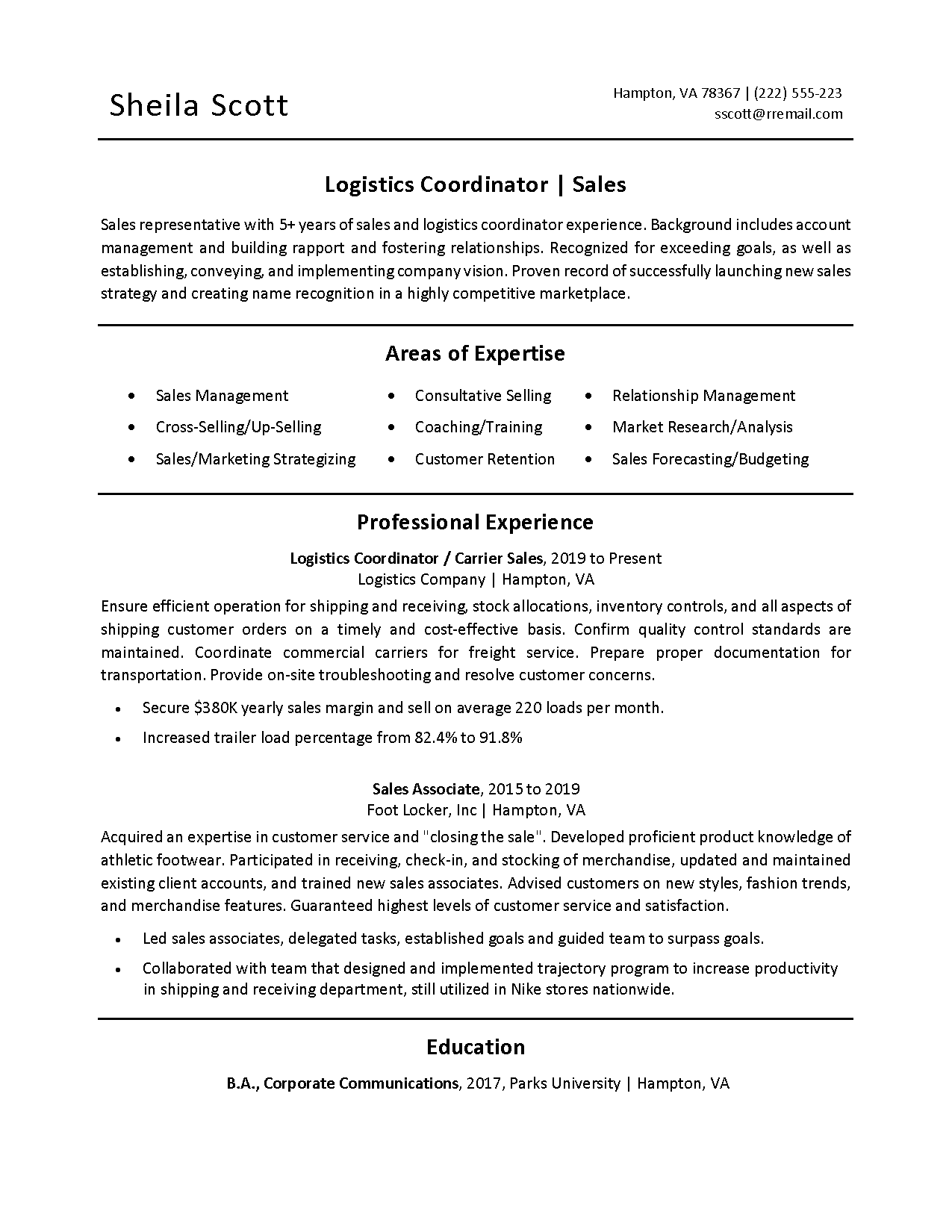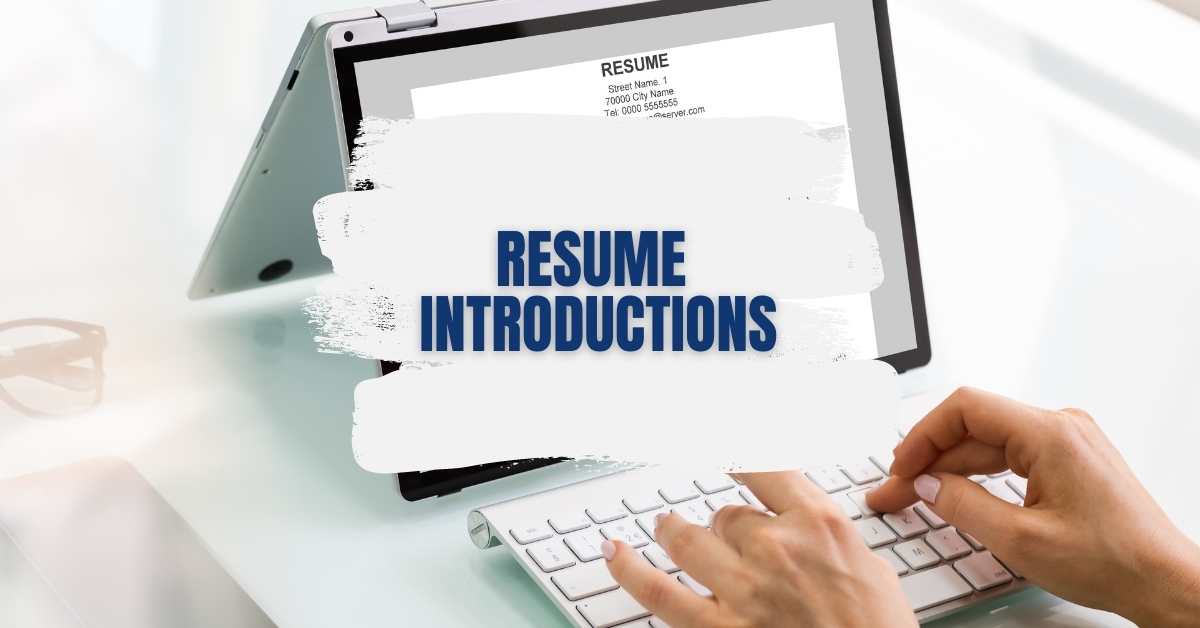
Resume Introductions: How to Write a Resume Opening That Works!
Are you struggling to catch the attention of hiring managers with your current resume?
One of the most essential elements of a strong resume is the introduction. This is your chance to showcase your unique selling points and make a lasting impression on potential employers.
There are various types of introductions, including resume objectives, professional summaries, and qualifications summaries. Choosing the right one for each job application and customizing it with specific metrics and strong action verbs is essential.
With a good Resume Builder, you can extract top keywords and generate professional summaries incorporating relevant keywords and achievements. Whether you’re a recent graduate or an experienced professional, a well-crafted resume intro sets the tone for the rest of your resume. It can make all the difference in landing your dream career.
What Is a Resume Introduction?
So, what’s a resume introduction exactly? The short and sweet opening statement at the top of your resume is designed to catch the eye of potential employers and highlight your unique skills and qualifications.
Think of it as your first impression on paper. A resume introduction can take different forms, such as a resume objective, professional summary, or qualifications summary. Still, its primary purpose remains the same: to convince employers that you’re the right candidate for the job.
Writing a resume introduction requires careful consideration of the job description and your background. Tailoring your introduction for each job application is essential to ensure it stands out from other candidates.
The best resume introduction should showcase your unique selling points and set the tone for the remainder of your resume. One effective way to do this is by using specific metrics and strong action verbs to demonstrate your impact in previous roles.
Your introduction is your chance to make a lasting impression on potential employers, so make sure it’s well-written and grabs their attention. Remember to keep it short and concise, ideally, no more than three sentences, when writing your resume introduction.
Writing your introduction last can also help you to highlight your talents better. A well-crafted introduction can increase your chances of landing your dream job.
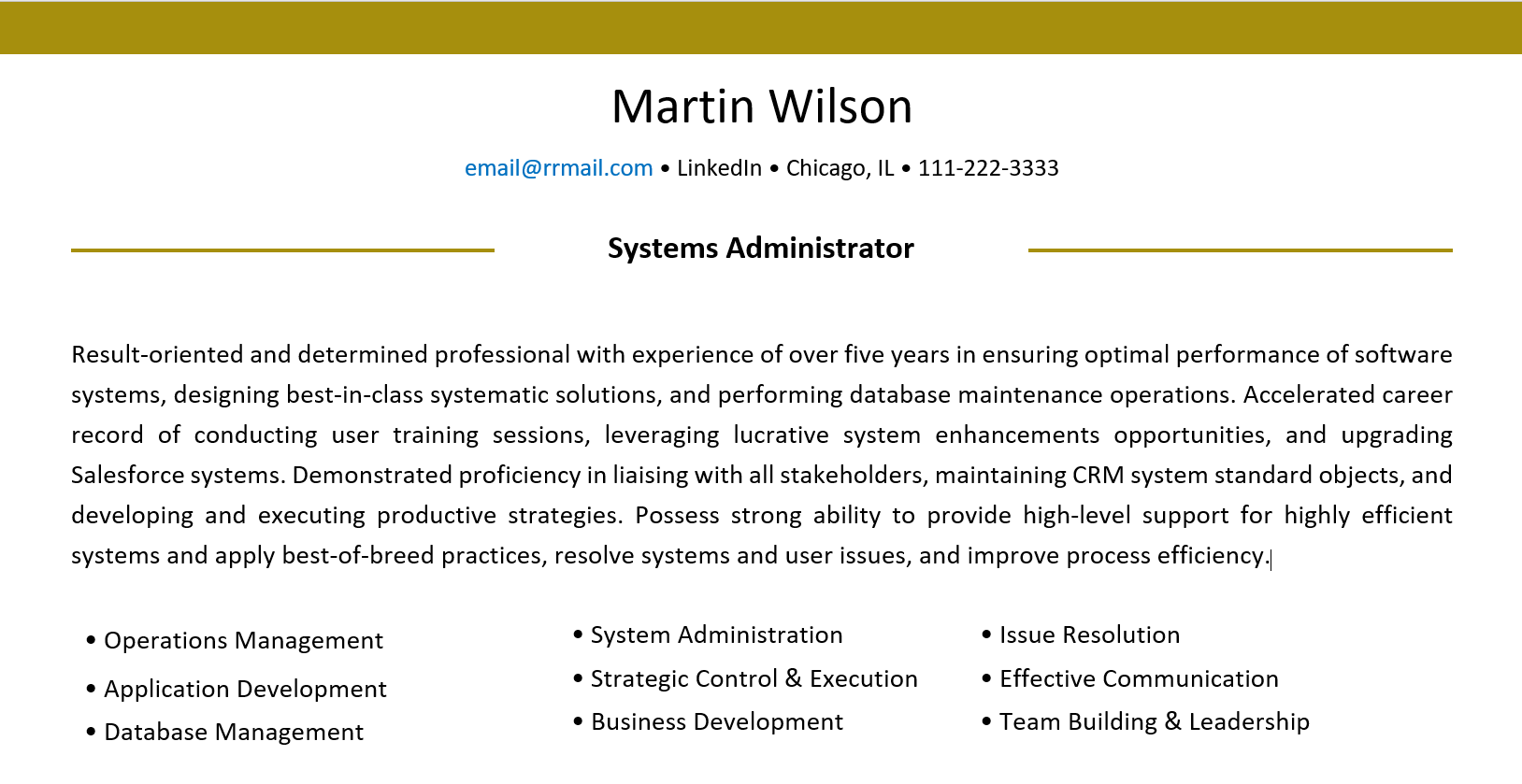
resume introduction summary paragraph
Why Are Resume Introductions So Important?
When crafting the first few sentences of your resume, it’s easy to overlook just how crucial they are in capturing the attention of potential employers. But by crafting a compelling, personalized introduction, you can ensure that your application stands out from the crowd.
Your introduction should be tailored to the job position, highlighting your most relevant experience, industry skills, and relevant skills. Doing so demonstrates to hiring managers that you have what it takes to excel in the role.
One of the most important reasons introductions are crucial is that they set the tone for the rest of your resume. If your introduction is lackluster or generic, it’s unlikely that recruiters will be motivated to keep reading.
On the other hand, a well-crafted introduction can pique their interest and leave them eager to learn more about you. You can leave a lasting impression by demonstrating your unique selling points and showcasing your achievements.
Finally, in addition to capturing the attention of hiring staff, a strong introduction can also help you stand out from the competition and make clear your career objective. When faced with a stack of resumes, many hiring managers will skim through them quickly, looking for any that catch their eye.
You can quickly demonstrate that you are a qualified candidate by including a summary of qualifications and relevant experience at the beginning of your resume. This can help you move to the top of the pile and increase your chances of landing an interview.
What Is an “Objective” on a Resume?
You may wonder what an objective is and how it can help you land your dream job. An objective is a type of resume introduction that tells hiring staff what your career goals are and how you hope to achieve them. It’s typically a short statement at the top of your resume highlighting your talents and experience and showing how they align with the job you’re applying for.
An objective can help you tailor your resume to the job ad and stand out from other applicants. It shows that you’ve taken the time to write your resume with the employer’s needs in mind and are serious about getting an entry-level position in your desired field.
However, objectives are not always necessary, especially if you have a strong resume headline or qualifications summary already showcasing your unique selling points.
When deciding whether to include a summary or objective at the top of your resume, consider the job you’re applying for and the company culture. If the job ad specifically asks for an objective, make sure to include one that is tailored to the company’s needs. However, if you’re applying for a more creative or informal position, a summary that highlights your skills and experience may be more appropriate.
Ultimately, any introduction aims to grab the attention of hiring managers and set the tone for the rest of your application.
How To Choose a Resume Introduction
Choosing the right way to start a resume can be crucial in catching the attention of hiring managers. Studies have shown that recruiters spend an average of only 7.4 seconds scanning a resume before deciding whether to proceed with a candidate. Therefore, it’s essential to make it count.
Your introduction should be tailored to the specific job application and showcase your unique selling points. There are several types of resume introductions to choose from, such as a resume objective, professional summary, or qualifications summary. Each kind of introduction has benefits and drawbacks, so choosing the best one for your situation is essential.
For example, a recent graduate may benefit from a resume objective that highlights their career goals. In contrast, an experienced professional may help from a professional summary that showcases their achievements and skills. Using a template can also help you choose an introduction that fits your needs.
Writing an introduction that sets the tone for the rest of your resume can be challenging, but it’s a crucial step in becoming a successful employee. You can bring your work to life and demonstrate your impact by incorporating specific metrics and strong action verbs.
Using resume, introduction examples can inspire you and help you choose the best way to start your resume. With the help of Teal’s Resume Builder, you can even generate a professional summary using AI technology.
How Do You Write a Great Introduction for a Resume?
Crafting a standout beginning for your professional story can be the difference between securing your dream job and missing out. The introduction, or the opening or beginning of your resume, is your chance to make a great first impression on potential employers and show them why you’re a perfect fit for the position.
Job seekers, especially those who are entry-level or looking for an internship, need to ensure that their resume summary statement highlights their experience and skills concisely yet impactfully.
To write an excellent introduction for your resume, start by tailoring it to the job description. Use specific metrics to demonstrate your impact in previous roles, and use strong action verbs to bring your work to life. Think about what makes you unique and showcase your unique selling points. This will set the tone for the rest of your resume and grab the attention of the personnel department.
Make sure to write your resume introduction last once you’ve completed the rest of your resume. This will ensure that it is tailored to the specific job you’re applying for. Use a reputable Resume Builder to extract top keywords and incorporate relevant ones into your introduction. With the help of AI technology, The best Resume Builders can generate professional summaries and achievements, making it easier for you to craft a standout beginning for your resume.
Remember, your introduction is your chance to make a great first impression, so take the time to make it count.
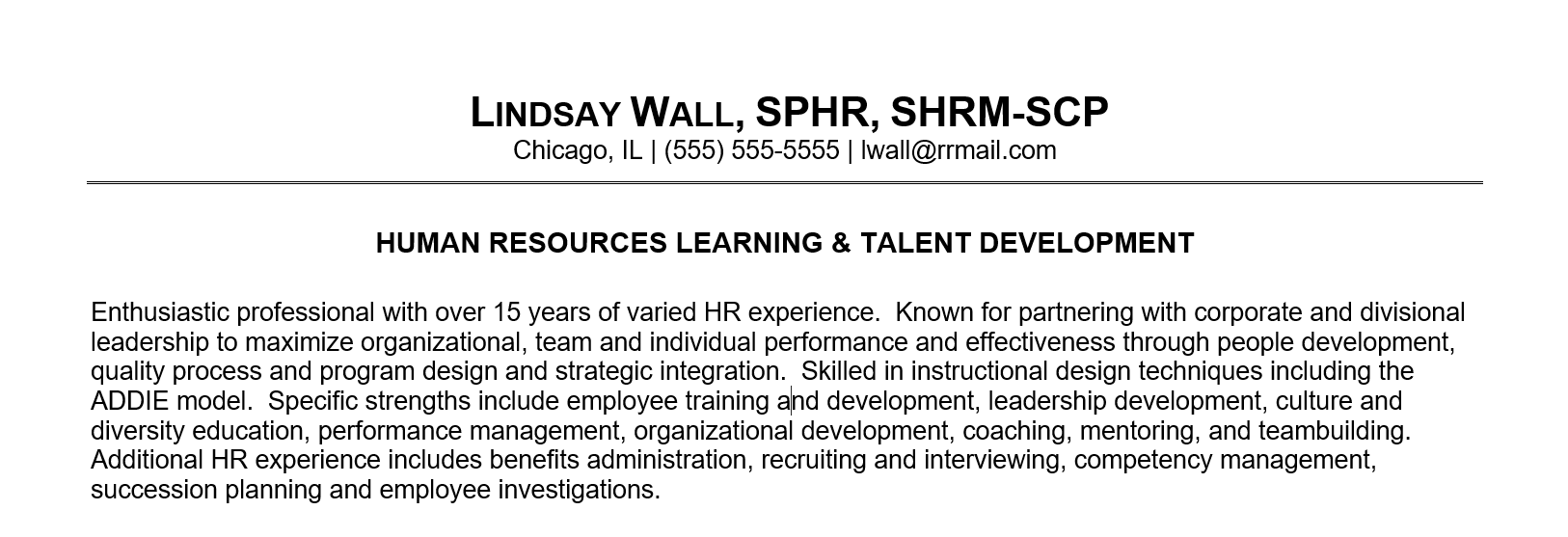
resume headline introduction
6 Tips for Starting Your Resume the Right Way
Before diving into your resume, gather all your work experiences, skills, and education.
Next, create a header with your name and contact information.
Determine whether your resume format is chronological, functional, or a combination of both.
Choose a font and size that’s easy to read, and save and open the original job description to tailor your resume to the specific job.
Don’t forget to use contractions!
Gather Your Information
Assembling your information is like gathering ingredients for a recipe – you want to ensure you have all the necessary elements before cooking up your resume introduction.
This means gathering your qualifications, work experience, and project management skills in one place. Don’t forget to include your skills and knowledge, which are essential to impress a recruiter.
For entry-level professionals, focus on your education, internships, and relevant volunteer work. For mid-level professionals in social media marketing, highlight your experience with social media platforms and analytics tools. For experienced professionals in the legal field, showcase your legal expertise, negotiation skills, and any relevant certifications.
Create a Header
Now that you’ve gathered all the information you need for your resume, it’s time to start building its framework. The first thing you should do is create a header.
This section at the top of your resume includes your name, contact information, and resume title. The header should be visually appealing and easy to read, so choose a clear and professional font.
Once you have your header, it’s time to move on to the introduction. This is the first thing hiring managers will see, so choosing the right one is critical.
It’s best to write your introduction after you’ve crafted your bullet points and identified your strongest selling points. This’ll help you choose the opening that best highlights your unique qualifications for the position you’re applying for.
With a solid resume outline, you’re ready to create an introduction that’ll grab the hiring manager’s attention and make them eager to learn more about you.
Determine Your Resume Format
Choose the format that suits your skills and experience to write a good introduction. Different types of introductions include a career summary, a professional summary, and a resume objective. Each serves a different purpose, and you’ll want to select the one that best fits the job you’re applying for.
When writing the perfect resume opening statement, it’s essential to consider your level of experience. For entry-level candidates, a career summary is a great way to showcase your skills and achievements. For mid-level and experienced professionals, a professional summary is recommended as it highlights your expertise and accomplishments.
Choose a Font and Size
Just like choosing the perfect outfit for a first date, selecting the right font and size for your resume can evoke a sense of confidence and professionalism that’ll leave a lasting impression on potential employers.
Regarding the introduction, the first section of your resume, the font, and the size you choose can significantly impact you. For an excellent resume, choosing a font that’s easy to read and a size that isn’t too small or too big is essential.
If you’re applying for an entry-level position, a classic font like Times New Roman or Arial is a safe bet. For those with more experience, a modern font like Calibri or Helvetica can add a touch of sophistication.
As for size, stick to 10-12 point font to ensure your resume is easily read. Remember that the objective statement, or resume summary, should be the first thing the hiring manager sees.
Use intro paragraph examples to guide you in writing an introduction that captures your experience level and sets the tone for the rest of your resume.
Save and Open the Original Job Description
Make sure you save and open the original job description to tailor your application and show the employer that you’re the perfect fit for the position. This will help you identify the specific skills and qualifications the employer seeks. You can highlight your relevant experiences and achievements in your introduction and throughout your application.
Making a good first impression is vital when choosing the proper introduction for an entry-level position. You can include a resume summary or objective that showcases your unique selling points and demonstrates your passion for the industry. Additionally, including examples of resume introductions that have worked for others can help guide your writing.
Remember to highlight your experience section and work history with specific metrics demonstrating your impact. By tailoring your application to the job description, you increase your chances of standing out and getting the job.
Use Industry-Specific Keywords
Sprinkle your resume with industry-specific keywords like seasoning on a dish, adding flavor and depth to your application and catching the attention of potential employers. Start your resume by selecting the keywords relevant to the job you’re applying for. Doing this will make your resume introduction stand out and highlight your skills and qualifications.
When choosing the proper resume, it’s important to remember the industry and position you’re applying for. An entry-level position in marketing will require different keywords than an experienced position in law. A free resume builder can make this process easier by extracting top keywords and highlighting them.
Remember, if you choose the right resume introduction, you can set the tone for the rest of your application. So, take the time to write a strong one and incorporate relevant industry-specific keywords.
It’s Just the Start!
Congratulations! You’ve now learned the importance of a strong introduction and how to craft one that will catch the attention of hiring managers. By customizing your introduction for each job application, using specific metrics and strong action verbs, you can showcase your unique selling points and increase your chances of landing your dream career.
But remember, a great resume introduction is just the beginning. You must continue to tailor your resume and cover letter for each job application, using a good quality Resume Builder to extract top keywords and generate professional summaries.
And don’t forget to incorporate relevant achievements and metrics to impress potential employers further.
In the competitive job market, every little advantage counts. So take the time to craft a powerful resume introduction that sets the tone for your entire application.
With a little effort and attention to detail, you’ll be on your way to landing your dream job.
The famous poet Robert Frost once said, “Two roads diverged in a wood, and I–I took the one less traveled by, and that has made all the difference.” Choose the path less traveled and make all the difference in your career.


